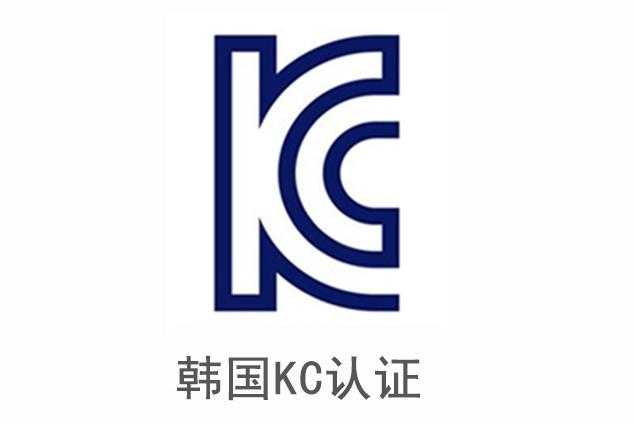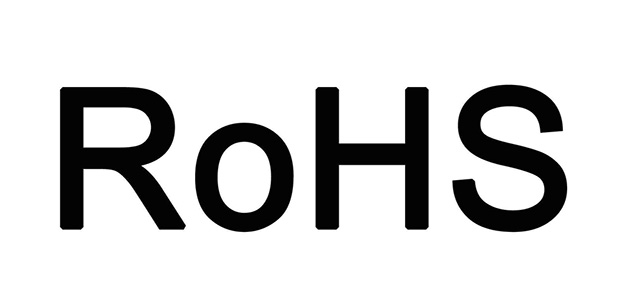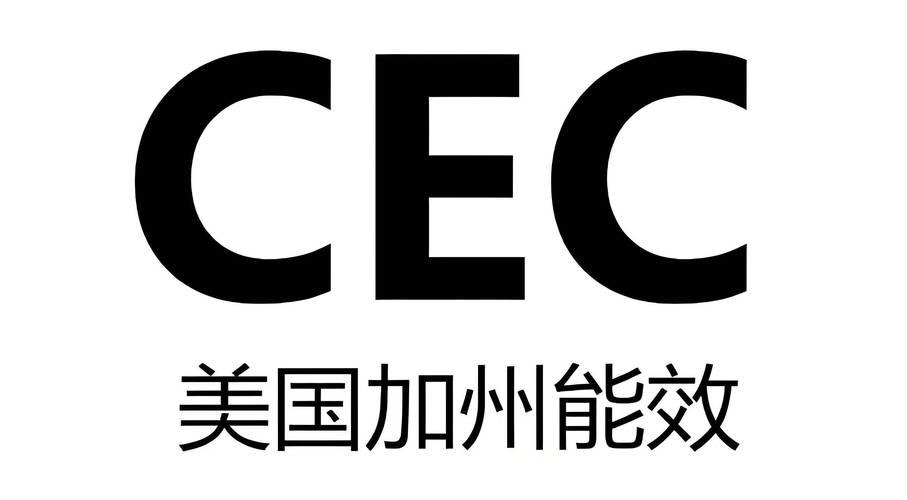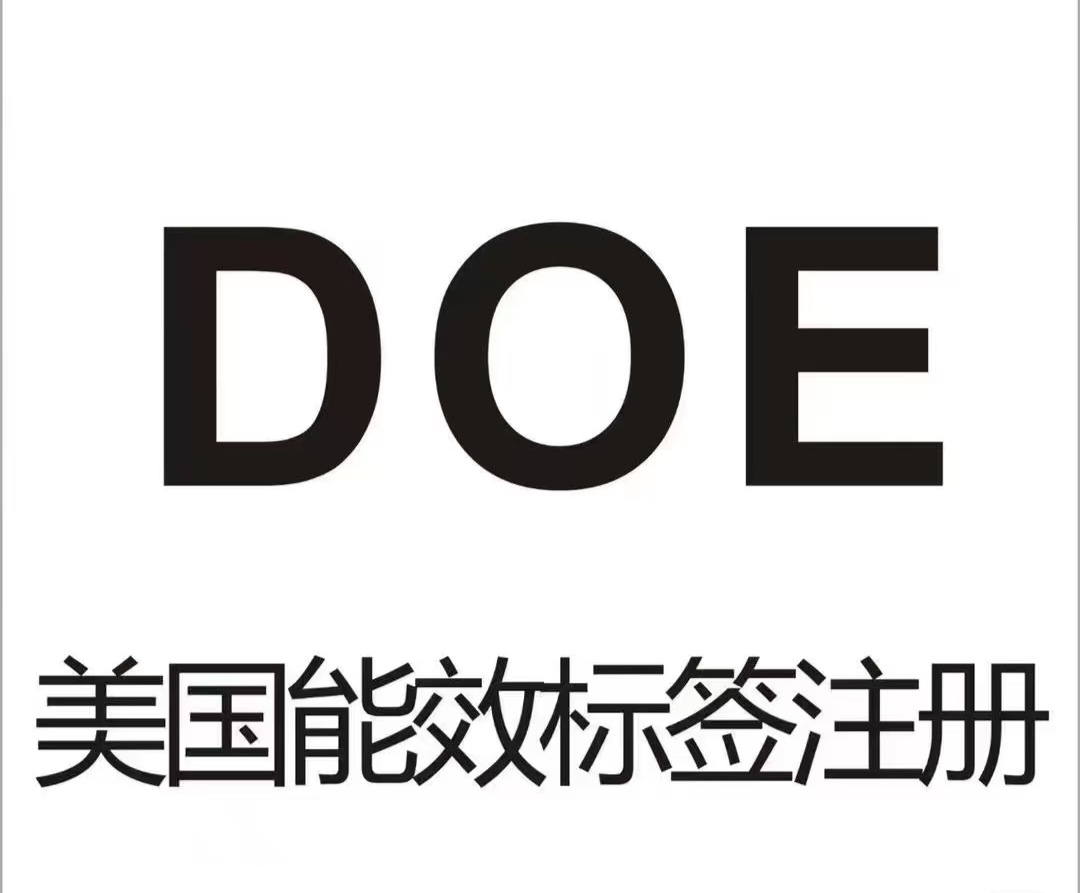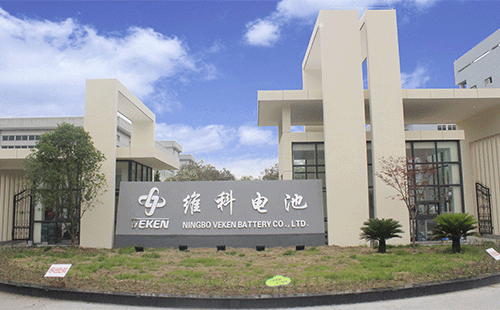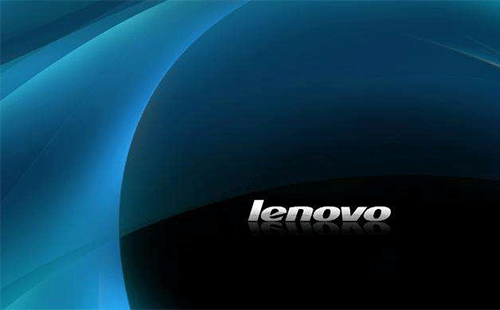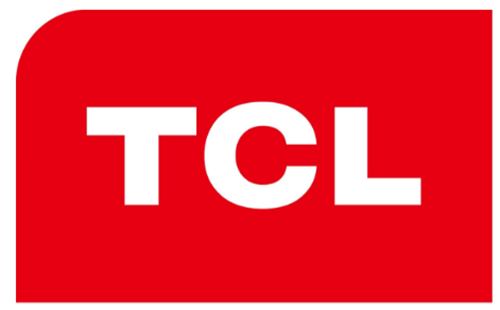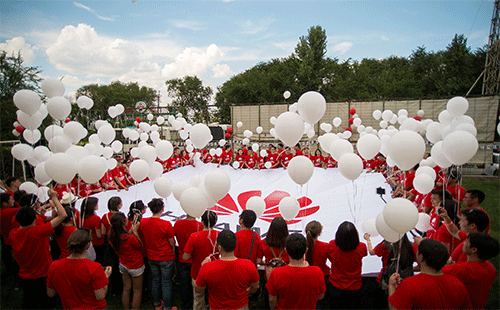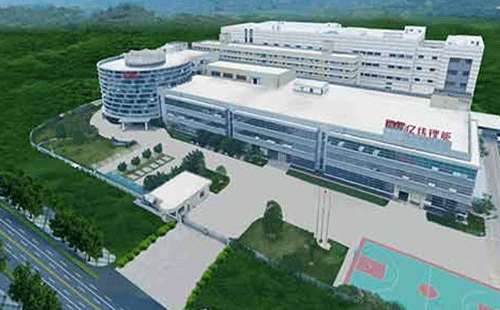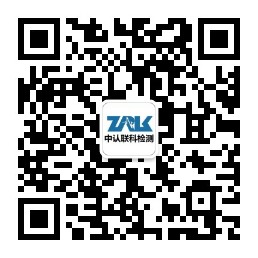In the international certification chain for battery products, the transition from CB certification to KC certification is an efficient path to enter the South Korean market. Compared with a brand-new application, using the CB certification foundation can significantly shorten the certification cycle, but the specific time limit still depends on the completeness of the document preparation.
Basic cycle framework
Under the premise that the materials are complete and accurate, the review period for the conversion from CB to KC by the Korean certification body after accepting the application is usually 2 to 3 weeks. This time limit is based on the ideal state where the materials pass the review in one go, covering core processes such as document verification, standard comparison and system entry. Compared with KC certification starting from scratch, taking advantage of the mutual recognition of test data in CB reports can save approximately 50% of the time cost.
Common triggers for prolonged cycles
Delays in the certification cycle are mostly due to data issues:
1. The basic qualification documents do not match, such as the business license address being inconsistent with the CB report (the address change needs to be completed first);
2. Missing technical documents, such as the battery specification sheet not including PCB Layout diagrams or disposal guidelines;
3. Differences in standard versions: The standard on which the CB report is based has not been updated to the latest requirements of KC (such as KC62133-2:2020).
Such issues may lead to a suspension of the review process, requiring supplementary materials and re-queuing. Each rework may extend the cycle by 1 to 2 weeks.
Practical suggestions for efficient advancement
To ensure the completion of the conversion within the standard cycle, enterprises should conduct three rounds of verification:
1. In accordance with the KC technical specifications, confirm that the test items in the CB report fully cover the special requirements of South Korea;
2. Prepare in advance essential materials such as component specification sheets in both Chinese and English, and terminal instruction manuals in Korean and English.
3. Communicate with the certification body in advance through the certificate holder (the Korean importer or factory) to predict potential problem points.
Grasping the cycle pattern of CB to KC conversion and making adequate preparations for the preliminary materials are the keys to accelerating the certification process. Enterprises need to establish a standardized management system for certification materials to avoid affecting the progress of their products entering the South Korean market due to omissions in details. If there is a need for cycle assessment of specific products, further in-depth analysis can be conducted in combination with the product type.


